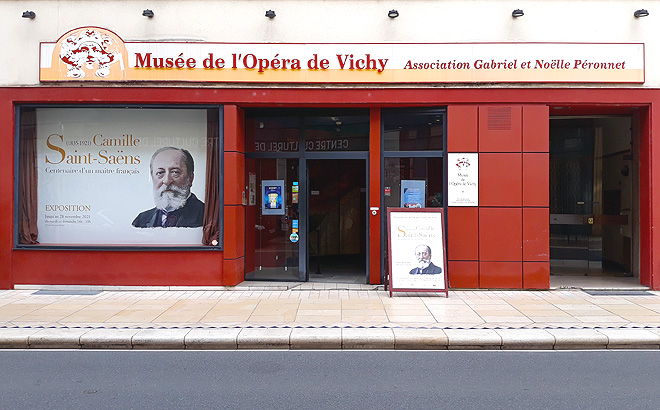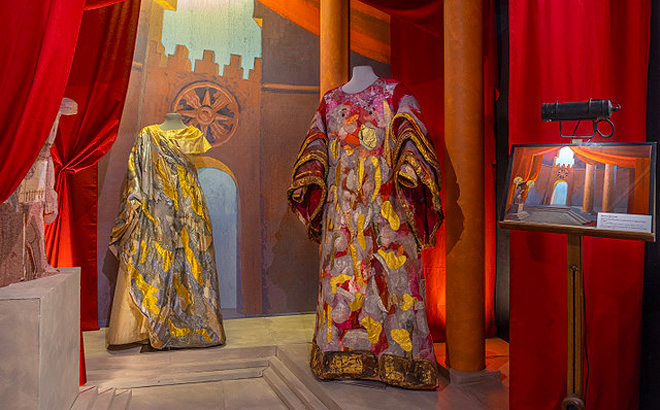


Created in 2002 thanks to the Noëlle and Gabriel Peronnet Foundation, the Musée de l’Opéra collects, preserves, and showcases the archives of the Théâtre du Grand Casino de Vichy (now the Palais des Congrès-Opéra). Posters, photographs, costumes, projects and set designs, programs, and newspapers tell the story of an exceptional artistic life.
The only theater museum in the provinces, it is considered by the Bibliothèque Nationale to be one of the richest collections in Europe due to the quality, quantity, and rarity of the archives it holds. These archives were relatively difficult to locate, collect, and organize from the end of 1987 until the museum’s installation in 2001-2002.
Jours et horaires :
Adresse :
The Opera of Vichy Museum16 rue Maréchal Foch
03200 VICHY
Téléphone :
04 70 58 48 20
Email :
musee.opera.vichy@gmail.com
Site Internet :
http://www.operavichy-musee.com/http://facebook.com/museeoperavichy
